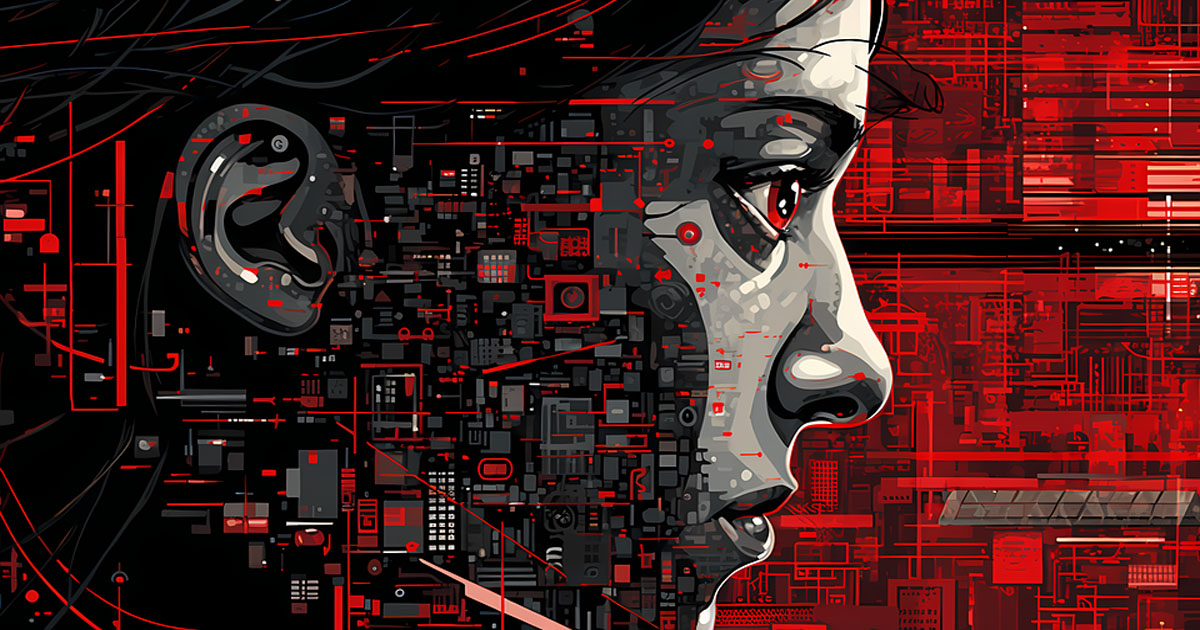Are you curious about the concept of insanity? Have you ever wondered what it truly means to be insane? In this article, we will delve into the definition of insanity, its history, and the various perspectives on this complex topic. Whether you’re a psychology enthusiast, a curious individual, or simply looking to expand your knowledge, this article is for you. So, let’s dive into the world of insanity and explore its many facets.
Introduction to Insanity
Insanity is a term that has been used for centuries to describe a state of mind that is considered abnormal or irrational. But what does it truly mean to be insane? Is it a medical condition, a psychological state, or simply a label used to describe someone who is different? In this article, we will explore the definition of insanity, its history, and the various perspectives on this complex topic.
History of Insanity
The concept of insanity has been around for thousands of years, with ancient civilizations such as the Egyptians, Greeks, and Romans all having their own understanding of what it meant to be insane. In the Middle Ages, insanity was often seen as a sign of demonic possession, and those who were deemed insane were often subjected to cruel and inhumane treatments. It wasn’t until the late 19th century that the concept of insanity began to be understood as a medical condition, with the introduction of psychoanalysis and the work of Sigmund Freud.
Definition of Insanity
So, what is the definition of insanity? According to the Merriam-Webster dictionary, insanity is defined as “a severely disordered state of mind that typically involves a complete breakdown in the ability to distinguish between reality and fantasy.” However, this definition is not universally accepted, and different cultures and societies have their own understanding of what it means to be insane.
Types of Insanity
There are several different types of insanity, including:
- Psychotic insanity: characterized by a complete breakdown in the ability to distinguish between reality and fantasy.
- Neurotic insanity: characterized by anxiety, depression, and other emotional disorders.
- Personality disorder insanity: characterized by a pervasive pattern of abnormal behavior.
Causes of Insanity
So, what causes insanity? There is no single answer to this question, as insanity can be caused by a variety of factors, including:
- Genetics: a family history of mental illness can increase the risk of developing insanity.
- Trauma: traumatic events such as abuse, neglect, or loss can trigger the onset of insanity.
- Brain chemistry: imbalances in brain chemistry can contribute to the development of insanity.
Symptoms of Insanity
The symptoms of insanity can vary widely, depending on the type and severity of the condition. Some common symptoms include:
- Hallucinations: seeing or hearing things that are not there.
- Delusions: believing things that are not true.
- Disorganized thinking: difficulty thinking clearly or logically.
Insanity in Law
In the United States, insanity is often used as a defense in court cases, particularly in cases of murder or other violent crimes. The insanity defense is based on the idea that a person who is insane is not responsible for their actions, as they are not capable of understanding the consequences of their behavior.
Insanity in Psychology
In psychology, insanity is often understood as a symptom of a underlying mental health condition, such as schizophrenia or bipolar disorder. Treatment for insanity typically involves a combination of medication and therapy, with the goal of managing symptoms and improving quality of life.
Insanity in Popular Culture
Insanity has been a popular theme in literature, film, and art throughout history. From the works of Edgar Allan Poe to the films of Alfred Hitchcock, insanity has been a source of fascination and inspiration for many creatives.
Theories of Insanity
There are several different theories of insanity, including:
- The psychoanalytic theory: which suggests that insanity is the result of unconscious conflicts and repressed memories.
- The cognitive-behavioral theory: which suggests that insanity is the result of negative thought patterns and behaviors.
Treatment of Insanity
Treatment for insanity typically involves a combination of medication and therapy, with the goal of managing symptoms and improving quality of life. Some common treatments for insanity include:
- Antipsychotic medication: which can help to reduce symptoms of psychosis, such as hallucinations and delusions.
- Mood stabilizers: which can help to manage symptoms of mood disorders, such as depression and mania.
- Cognitive-behavioral therapy: which can help individuals to identify and change negative thought patterns and behaviors.
- Psychodynamic therapy: which can help individuals to understand and work through unconscious conflicts and repressed memories.
Insanity and Mental Health
Insanity is often associated with mental health conditions, such as schizophrenia, bipolar disorder, and major depressive disorder. However, not all individuals with mental health conditions are insane, and not all individuals who are insane have a mental health condition.
The Impact of Insanity on Society
Insanity can have a significant impact on society, particularly in terms of the cost of treatment and the impact on families and communities. In addition, insanity can also have a significant impact on the individual, particularly in terms of their quality of life and their ability to function in society.
Conclusion
In conclusion, insanity is a complex and multifaceted concept that has been understood and treated in different ways throughout history. While there is no single definition of insanity, it is generally understood as a state of mind that is characterized by a complete breakdown in the ability to distinguish between reality and fantasy. Treatment for insanity typically involves a combination of medication and therapy, with the goal of managing symptoms and improving quality of life.
Frequently Asked Questions (FAQs)
Q: What is the difference between insanity and mental illness?
A: Insanity is a state of mind that is characterized by a complete breakdown in the ability to distinguish between reality and fantasy, while mental illness is a broader term that refers to any condition that affects an individual’s mental health.
Q: Can insanity be cured?
A: While there is no cure for insanity, treatment can help to manage symptoms and improve quality of life.
Q: How is insanity diagnosed?
A: Insanity is typically diagnosed through a combination of physical and psychological evaluations, including laboratory tests and psychological assessments.
Q: Can anyone become insane?
A: While anyone can develop a mental health condition, insanity is typically associated with severe mental health conditions, such as schizophrenia and bipolar disorder.
Q: How can I help someone who is insane?
A: If you know someone who is insane, it is essential to approach the situation with compassion and understanding. Encourage the individual to seek treatment, and offer to support them in any way that you can.
Q: Is insanity a genetic condition?
A: While there is no single “insanity gene,” research suggests that genetics can play a role in the development of mental health conditions, including those that are associated with insanity.
I hope this article has provided you with a comprehensive understanding of the concept of insanity. Remember, insanity is a complex and multifaceted concept that requires compassion, understanding, and treatment.
More Read : Swarovski: A Sparkling Legacy in Jewelry





